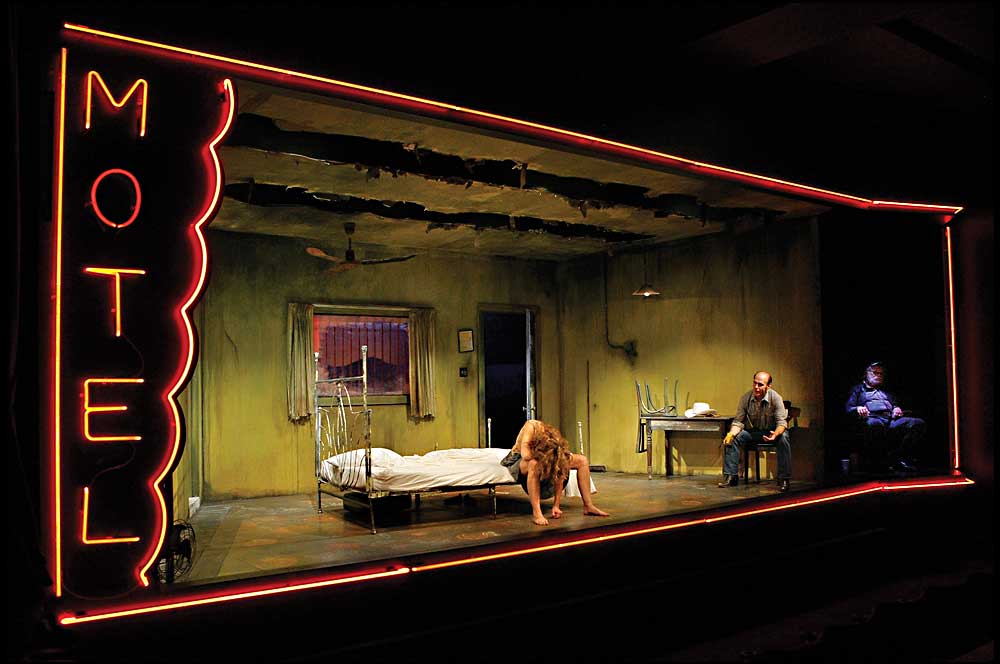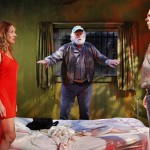Each month, American Theatre goes behind the scenes of the design process of one particular production, getting into the heads of the creative team.
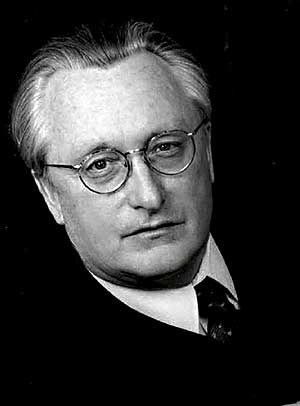
Bain Boehlke, DIRECTION AND SET DESIGN: This is the second time we’ve done Fool for Love—we last did it about 15 years ago, and I designed and directed both productions. I just love it. It’s one of the most iconic plays of the 20th century—it couldn’t have been written in France or England. I employed neon for the motel sign because the play is so quintessentially American and neon is such a major part of the American landscape, especially in the time period Sam Shepard was writing about. From my reading of the play, it actually happens in the Old Man’s mind. It’s an hallucination, in which he’s given an opportunity to admit to his shortcomings and his culpability in the Holocaust that he’s inflicted on this family. But he can’t do that. So the play is cyclical—he has to relive the event. So I put him further to the side.
One of the ways to achieve this hallucinatory world onstage was through color. The walls are green, the door’s red, the floors are orange and brown—they imply a nightmarish quality. There are bars on the windows, which suggest this motel is in a violent part of Albuquerque, N.M. And the play itself deals with imprisonment. We also put holes in the ceiling for two reasons. First, the ceiling may be rat-infested and they may have broken through the plasterboard. And, in more practical terms, those are lighting positions. But the holes give a real feeling that the world of the play is in decay. It’s something that has continued to gnaw at the Old Man, something that’s buried deep in his psyche in a room of denial.
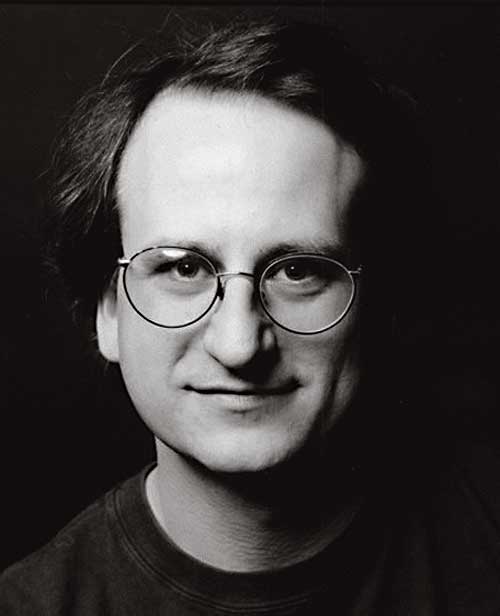
Barry Browning, LIGHTING DESIGN: Fool for Love was one of the first shows I lit for the Jungle, in ’96. Both times, we were trying to push the boundaries of realism in the design, to support the notion that it’s all taking place in the Old Man’s mind. We splashed the walls with colors and lots of pattern and movement, and we had the effects of car headlights that shined and moved across the stage. There’s also a big fire effect at the end. Bain designed the neon sign, and we had a neon shop build it for us. There was a notion that the hotel sign is outside the window and flashing, very slowly, and it casts a big wedge light across the stage throughout the show. In the right-hand photo, May is telling a story, and we get the impression that Eddie is hearing her in his mind and seeing her image on the wall, where we threw a shadow of her. In that moment, the red light covering the stage was slowly moving and changing, while he was washed out in a clear pattern. They were in two separate locations, but still overlapping metaphysically.
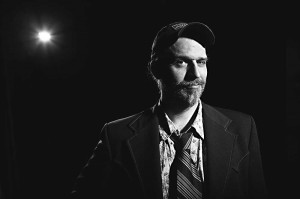
Sean Healey, SOUND DESIGNER: It’s really quite bizarre when you have a hyper-realistic setting, with characters who are very ordinary, and in the midst of it come these explosive, strong theatrical gestures. For example, when a door slams, the sound is heightened, it’s reminiscent of a gunshot or some large thing slamming in a massive cave. And it reverberates, showing that it’s a revelation of something in the characters’ past. The photo above is an example of a shift of psychic states, and it was accompanied by this distant underscoring that had sort of a Western flavor—a slight guitar sound that was very lugubrious and outside of time, with lots of thin tendrils of music and single, sustained notes. The music was a cue that showed how the past was still so present in their lives.
I think we went to great lengths to not impress anything upon the script, and to indulge in this notion that there was more going on, but it’s just at the edge of our liminal state. It’s well off in the distance, in the wings, in our rear-view mirrors, as it were.
Fool for Love, by Sam Shepard, ran at the Jungle Theater in Minneapolis Sept. 6–Oct. 20, with direction and set design by Bain Boehlke. The creative team also included lighting design by Barry Browning, costume design by Amelia Cheever, sound design by Sean Healey, technical direction by Wu Chen Khoo, fight choreography by Peter Moore, and properties and stage management by John Novak.

